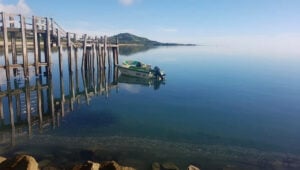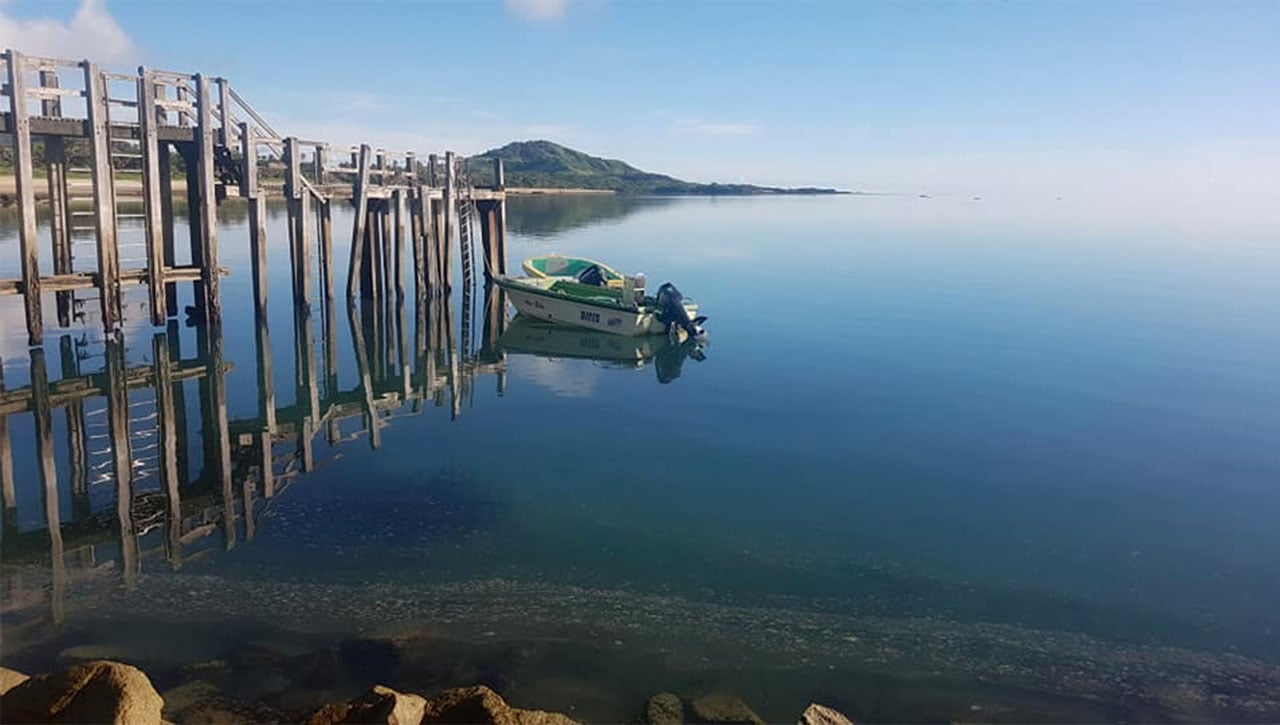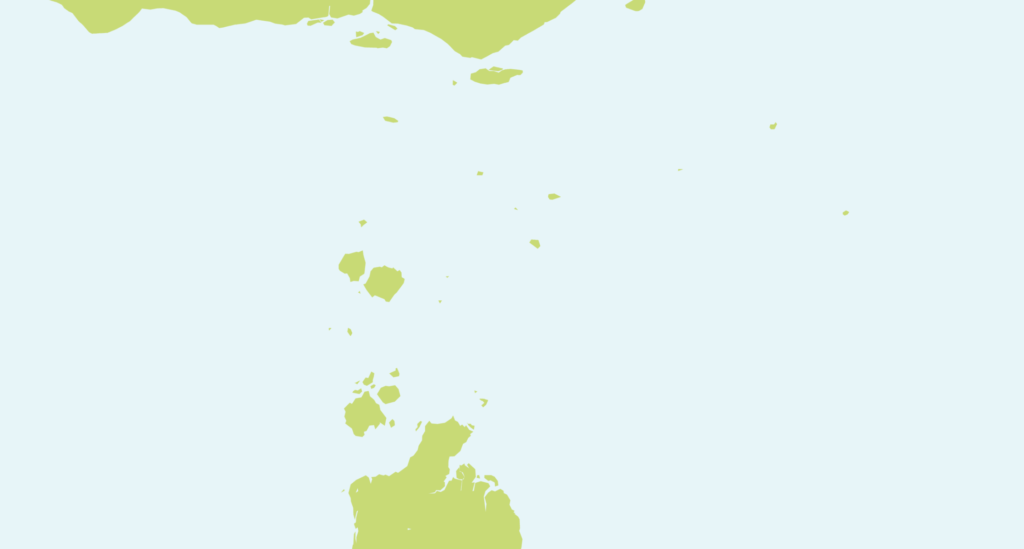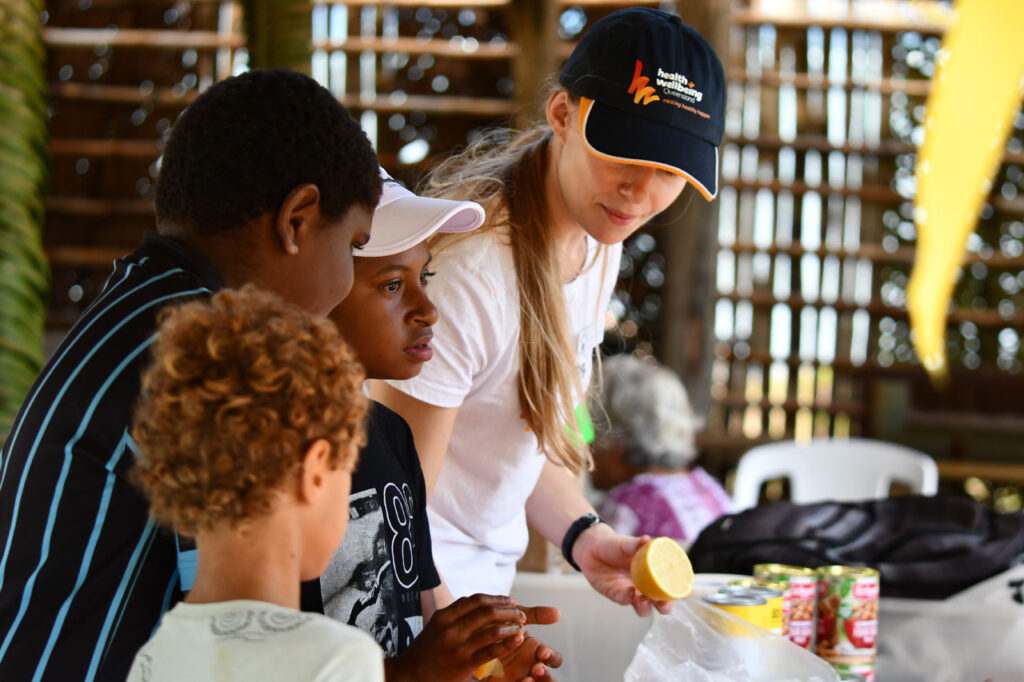Torres Strait Islanders and Aboriginal people are advised this website may contain names, images and recordings of people who have passed.
Dismiss
Advocacy
The Torres Strait Island Regional Council plays an important role in advocacy
Advocacy
We are committed in advocating to State and Federal Governments and other stakeholders on matters that impact the quality of life and liveability of the Torres Strait Island communities it serves.
Advocacy Explained
What is advocacy?
Advocacy is the intentional undertaking of activities with the goal to influence policy making. In the context of Local Government, advocacy is undertaken to benefit our residents and the wider community.
Why is advocacy required?
- To seek and foster strategic partnerships.
- Raise awareness of any local issues and obtain support from the State and Federal Governments.
- Increase funding for infrastructure and services aimed at driving economic, environmental and social outcomes.
- Influence governance frameworks to drive economic, environmental and social outcomes.
- Clarify and inform the community on roles and responsibilities of all tiers of Government.
How does Council advocate?
Council's advocacy strategy is based on the following principles:
- Evidence-based - Council will only discuss and agree to advocacy priorities following extensive research and analysis of the issue.
- Transparency - Council will inform the community on agreed advocacy priorities to raise awareness of local issues.
- Proactive - Council is taking a pro-active approach to influence policy making on behalf of the community.
Our Corporate Plan 2025-2030 and the Advocacy Action Plan highlight key strategic initiatives that Council will advocate for on behalf of the community.




